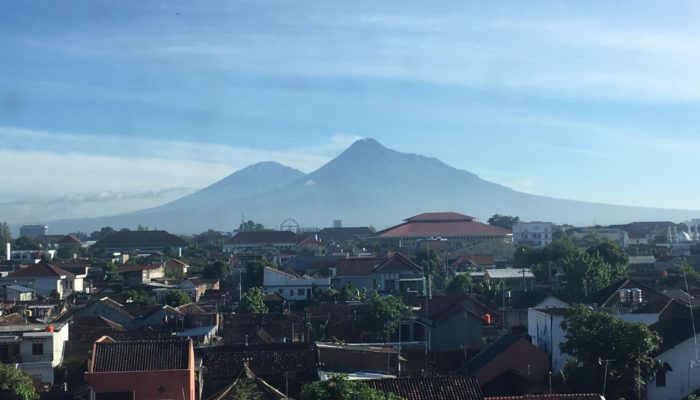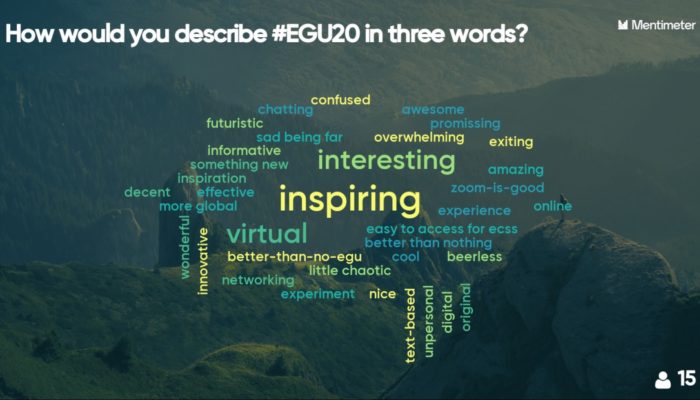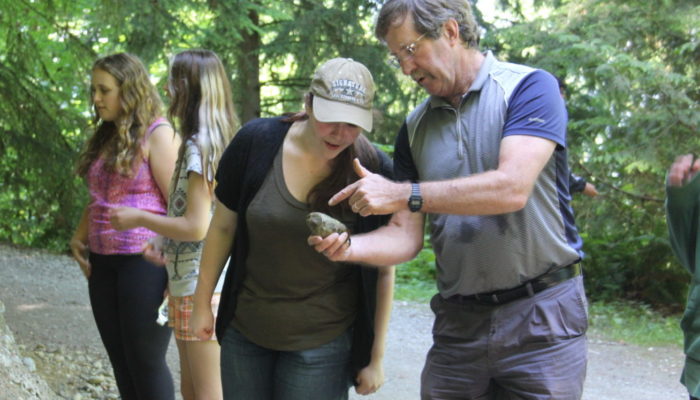In today’s interview, we talk with Prof. Claire J. Horwell. Claire has been awarded the 2020 Plinius Medal for her outstanding interdisciplinary research on the respiratory health implications of inhaling volcanic emissions, and other particulates. my research focuses on protecting communities from exposures to potentially harmful airborne particulates Hi Claire, can you please briefly introduce ...[Read More]
NH Medallists episode III – Claire Horwell and her interdisciplinary work on volcanic emission hazards for human health




